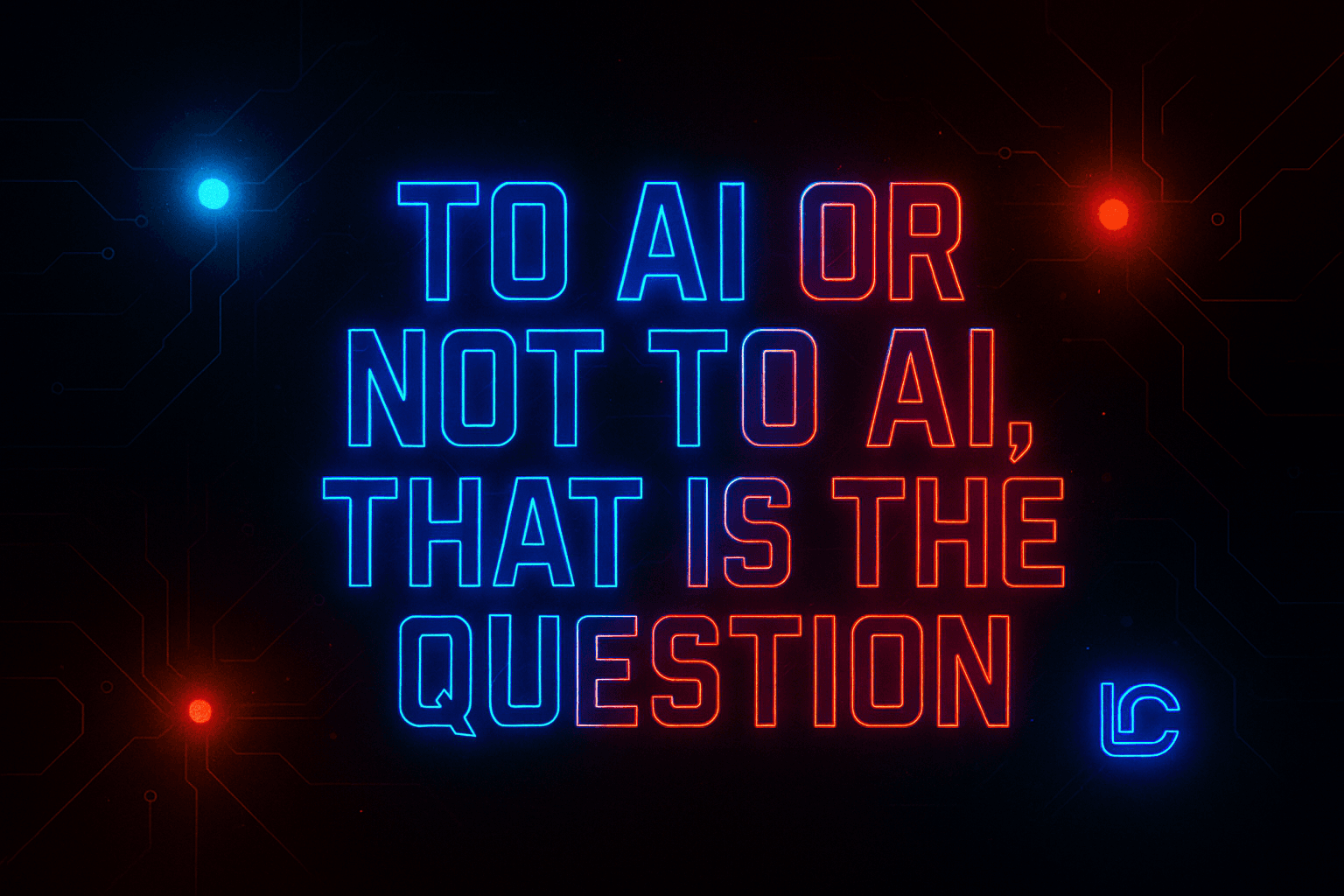Automate Your Business: What Works Without AI (and Where AI Actually Helps)
Most small businesses can save 10–20 hours/month with simple automations—no AI required. Here’s what to automate first, and where AI is worth adding.

TL;DR
Start with predictable, rules-based automations (invoices, follow-ups, reports). Add AI only where text needs summarizing, classifying, or drafting. That combo saves time without breaking things.
Why start without AI
If a task follows clear steps (IF X happens → do Y), you don’t need AI. Non-AI automations are:
- Reliable: same output every time
- Faster to build: fewer moving parts
- Cheaper to run: no AI tokens/usage fees
High-impact, non-AI automations (easy wins)
- Invoice + payment reminders
Trigger: invoice created → Action: schedule 3 reminder emails + log status in your sheet/CRM. - Lead capture → CRM
Trigger: form submission/email → Action: create contact, tag source, send intro email. - Order → fulfillment workflow
Trigger: order paid → Action: create task/ticket, notify team, update a shared tracker. - Weekly reports
Trigger: every Friday 4pm → Action: pull numbers, format a report, email it to the team.
Where AI actually helps
Use AI when the task needs language understanding: summarizing, routing by meaning, or drafting first drafts.
Practical AI add-ons
- Email summarizer
Long client email → AI produces a 3-line summary + tags (“billing”, “support”, “urgent”).
Why it’s useful: quicker triage, fewer missed details. - Smart routing
AI reads a message and decides the right bucket: sales, billing, support → create the right task automatically. - Reply drafts
AI drafts a polite response using your tone and policy; you approve/edit in seconds. - Notes to action items
Upload a meeting note → AI extracts to-dos (owner, due date) → pushes tasks to your tool.
A simple plan that won’t blow up your ops
- Map your top 3 repetitive tasks. (Where do you lose the most time?)
- Automate them without AI first. Get predictable wins; measure time saved.
- Add AI only where it clearly helps. Summaries, routing, or first-draft writing.
- Keep a rollback switch. If an AI step gets weird, fall back to the non-AI path.
Real-world example (compact)
- Problem: owner spends ~90 min/week pasting sales numbers into a sheet.
- Non-AI: parser grabs numbers → cleans → updates the sheet → emails a weekly summary.
- Optional AI: add a one-paragraph “What changed this week” summary for the email.
Result: consistent report, ~6 hours/month back, zero guesswork.
Costs, risk, and maintenance (straight talk)
- Non-AI flows: cheapest to run; near-zero surprises.
- AI flows: tiny ongoing cost (usually pennies), but you must review critical outputs.
- Rule of thumb: automate the backbone without AI; sprinkle AI at the edges.
Want this set up?
I offer both tracks:
- Automation without AI: predictable, rules-based workflows
- AI-powered automation: summaries, smart routing, reply drafts (ChatGPT + n8n)
If you’re not sure which you need, start simple. We can always add AI later.
—
Loopcraft · Veteran-owned automation
Site: loopcrafthq.com


